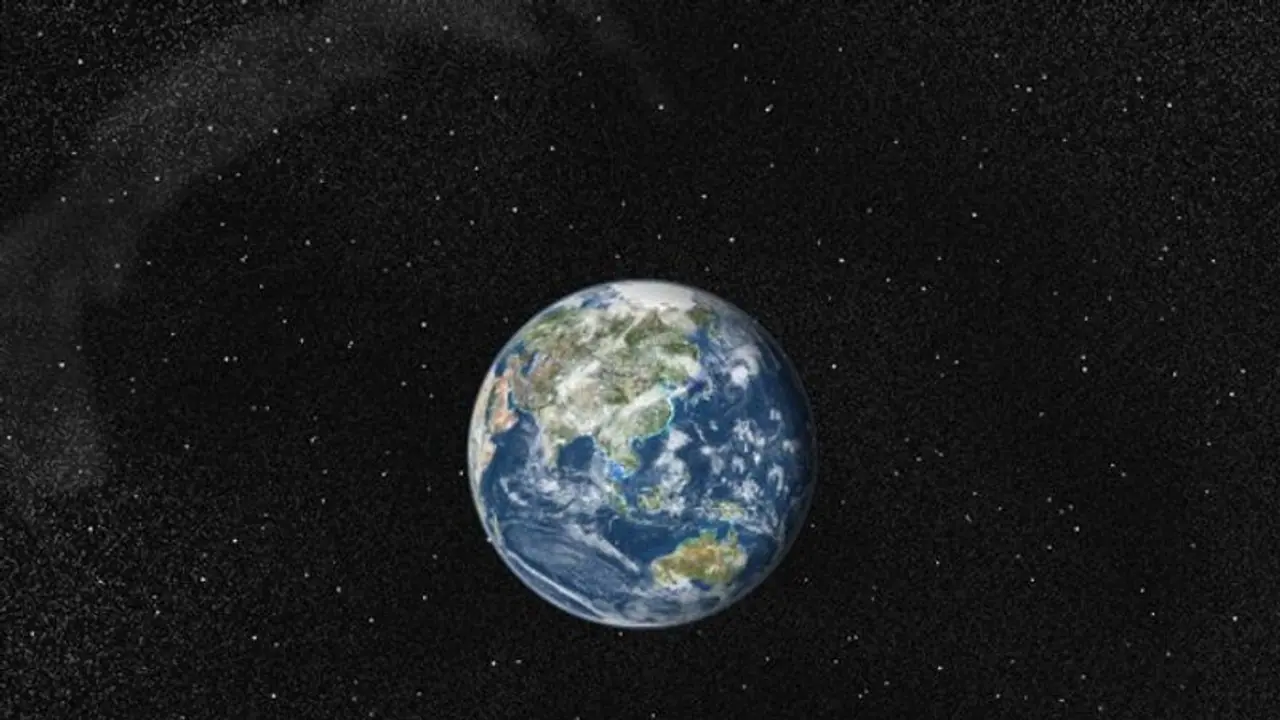Astronomers have found compelling evidence suggesting the existence of an Earth-like planet in the distant Kuiper Belt of our solar system, offering new insights into planetary formation and the potential for habitable environments beyond Earth.
The quest for Earth-like planets stands as a foundational pursuit in the realms of astronomy and planetary science. Scientists are driven by the prospect that such planets could harbor conditions conducive to sustaining life. Furthermore, the discovery of Earth-like planets holds the promise of shedding light on the potential for habitable environments beyond our home planet.

In a promising development, astronomers have recently unveiled compelling indications of a planet resembling Earth within our own solar system. This intriguing celestial body is believed to orbit the Sun in a location beyond Neptune.
The results of this discovery originate from a study conducted by Patryk Sofia Lykawka, affiliated with Kindai University in Osaka, Japan, and Takashi Ito, associated with the National Astronomical Observatory of Japan in Tokyo.
In their published study within The Astronomical Journal, the researchers assert, "We predict the existence of an Earth-like planet."
"It is plausible that a primordial planetary body could survive in the distant Kuiper Belt as a Kuiper Belt planet (KBP), as many such bodies existed in the early solar system. More detailed knowledge of the orbital structure in the distant Kuiper Belt can reveal or rule out the existence of any hypothetical planet in the outer Solar System," the researchers added.
"In conclusion, the results of the Kuiper Belt planet scenario support the existence of a yet-undiscovered planet in the far outer Solar System," the researchers concluded.
Scientists postulate that the theorized planet's orbit is likely situated at a distance ranging from 250 to 500 astronomical units (AU) from the Sun.
This potential discovery near the Kuiper Belt holds significant promise in offering novel insights into the mechanisms governing planet formation and evolution. It has the capacity to impart fresh constraints and perspectives in the ever-evolving field of planetary science.
